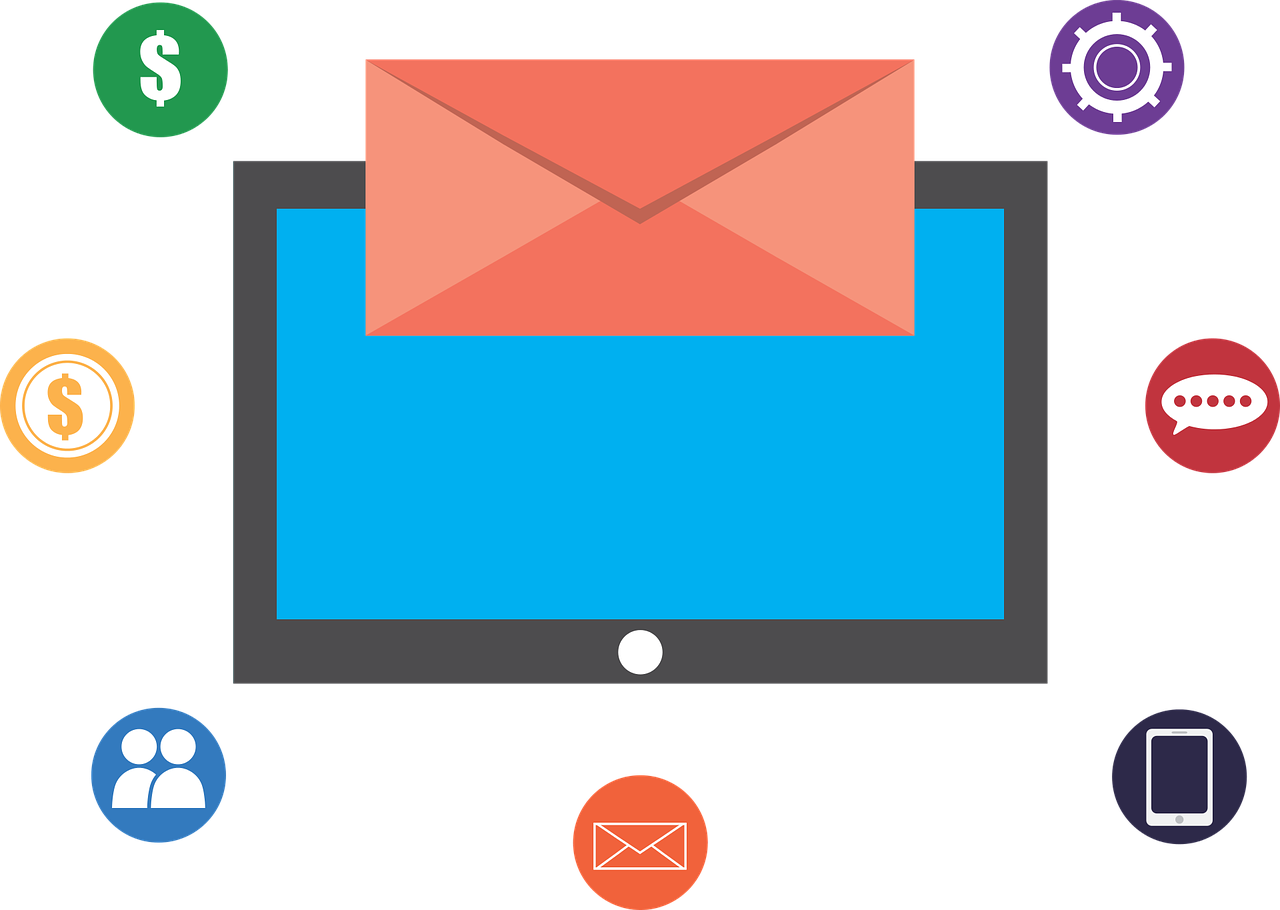Email continues to be the most frequently used communication medium for businesses of all sizes and in all sectors. From a marketing perspective, it’s been shown that email marketing easily outperforms social marketing when it comes to conversions, by as much as six times! No wonder email infrastructure and email value-added solutions are an area of interest for business organizations. But if you think email hasn’t changed in years, think again. Here’s the lowdown on some recent attention-worthy advances in email technology.
Cloud’s role in affordable email bursts
The days when the email requirements of even large customer-facing enterprises used to be a few thousand at most, and not more than a few times a month, are long gone. Today, retail enterprises need to send out emails to millions (or tens of millions) of their customers and vendor partners — several times a day. Fortunately, advances in email technology and tools make this easy.
Such requirements are not only limited to large e-retailers conducting flash sales. Even B2B enterprises need the capacity to be able to send out millions of emails in a few minutes when the need arises. As long as there is an unsubscribe option, though! That is how you know if a business is genuine or not.
Leading email infrastructure solution providers are making the most of on-demand computing arrangements with cloud giants such as Amazon Web Services and Microsoft Azure. This has spurred advances in email technology that allows email solution vendors to scale up the network and server hardware resources they require to manage email burst requests from their clients. The net result is that enterprise marketers are able to send out emails at defined burst rates (this has nothing to do with any new Pentagon weapon system either!), and predictable costs.
The move toward GDPR compliance

We’re inching closer to the GDPR go-live date in the EU. When that happens, any company doing business in the EU will have to achieve the proverbial “gold standard” in data protection. Invariably, email proves to be the most commonly used medium for information exchange (unless you are a member of that “Friend’s” show where it seemed they could get so much done sitting on a coffee shop couch!).
However, instead of looking at GDPR as a risk, companies are aligning themselves with the idea of looking at the silver lining (nothing to do with “Silver Lining Playbook,” which was an amazing movie), and hence striving to establish higher levels of trust with their clientele.
Emailing will be at the center of this move; for starters, it’s expected that pioneering enterprises will need to make their email servers more secure, and email practices more responsible. Expect the trend of consent confirmation campaigns to emerge pretty soon after GDPR. Also, the kind of sign-up forms that companies use to get customers on board for their email programs will need to be upgraded.
The privacy policies and terms of use related to email subscriptions will also undergo a significant overhaul. Companies could use this opportunity to re-create privacy policies in an easy to understand manner, to build trust with end users.
The key for enterprises is to look for email infrastructure vendors that can help them make GDPR a turning point in how customers trust them (for the better).
Cloud-based email infrastructure driving innovations

On-premises email infrastructure has a tough future ahead. Primarily, that’s because of the kind of rapid innovations and advances in email technology happening at the email infrastructure layer in the cloud.
Vendors are able to add a lot of features at the infrastructure layer, and hence able to roll them out to cloud-based service subscribers. Continuous feature delivery, in fact, has become a key differentiator for key solution providers for enterprise email.
Whereas on-premises email application would mean that each upgrade would generally come after several months, cloud-based subscriptions mean that enterprises get upgrades almost every quarter. Take, for instance, the requirement of an enterprise to enable deep linking and mobile responsiveness for its emails. This would essentially allow the company to send mobile-friendly emails with links that would trigger a corresponding app to open — and that too at a specific screen!
This kind of end-user engagement is a finite possibility with email solutions that keep on adding market facing features into their mix. It would be frustrating for a business to be stuck with outdated email functionalities when competitors get access to such premium email solutions.
Email rendering inconsistency monster slayed, finally?
Ask a marketer, and you’d know what a nightmare it is to manage consistent rendering of the company’s professionally designed emails. That’s because each email client has its own method of rendering HTML and CSS. So what looks good in one inbox could not load properly in another.
With the rapid progress being made by markup frameworks such as MJML and HEML, 2018 seems to be the year when these issues will be resolved for good. This means that enterprises must look for an email design professional or design vendor that is on top of the developments in this space. This will allow marketers to include all the interactive elements in their email that they could not include with complete confidence until this time.
AI-powered advanced segmentation
The ideas of arranging email recipients in small and highly nuanced segments, and then fine-tuning the email campaign as per the group’s characteristics — that’s not a new idea. However, the operational challenges posed by this approach make its trials inhibitory for marketers. Not anymore, particularly when you have machine learning algorithms to do the job for you.
Several email service providers offer solutions around granular segmentation, content personalization, and even email body copywriting by bots! These solutions also offer automated follow up functionality, which can improve your email campaigns’ click through and conversion rates by a blistering rate. The benefits are too good and too real to be ignored.
Big Data and the power of email
For many years, Big Data has continued to be a buzzword for enterprises. Many of the advances in email technology are hitched to Big Data’s rising prominence. Now’s the time to use your enterprise’s data assets to drive success for your email marketing campaigns. By using email APIs, organizations are able to personalize email marketing right from their own databases.
When your email campaigns can be mostly automated without many manual inputs, these APIs prove invaluable. Check out email solution providers that also offer APIs so that you can build synergies by including your existing tech assets in the mix.
Advances in email tech mean email is here to stay
Email is the backbone of the internal as well as external communication structure of your organization. Stay in tune with the advances from this domain to retain and grow the strength of the organization’s most important communication channel.



